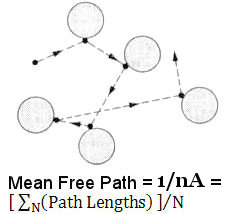 |
composed of calcium titanium oxide (CaTiO3). This structure is known as the perovskite structure, characterized by the general formula ABX3, where 'A' and 'B' are cations of different sizes, and 'X' is an anion; X = O for Oxide Perovskites. (see periodic table. For example, Ca has 2s electrons in its outer sub-shell to donate, Ti has 2d+2s; while O needs 2 more electrons in p to complete the sub-shell, thus it is written as A2+B4+O2-3 = CaTiO3 for a stable molecule).
It occur, for examples, in carbonate skarns, altered blocks of limestone, and accessory mineral in alkaline and mafic igneous rocks, nepheline syenite, melilitite, kimberlites and rare carbonatites. Perovskite is a common mineral in the Ca-Al-rich inclusions found in some chondritic meteorites.
|

 There is no copyright infringement as all data are collected by Robot/Spider from the internet (so it cannot predict the future).
There is no copyright infringement as all data are collected by Robot/Spider from the internet (so it cannot predict the future).


 and an AI review
and an AI review 

 ) refers to a class of materials that share a specific crystal structure originally found in the mineral perovskite, which is
) refers to a class of materials that share a specific crystal structure originally found in the mineral perovskite, which is
 mobility :
mobility :












